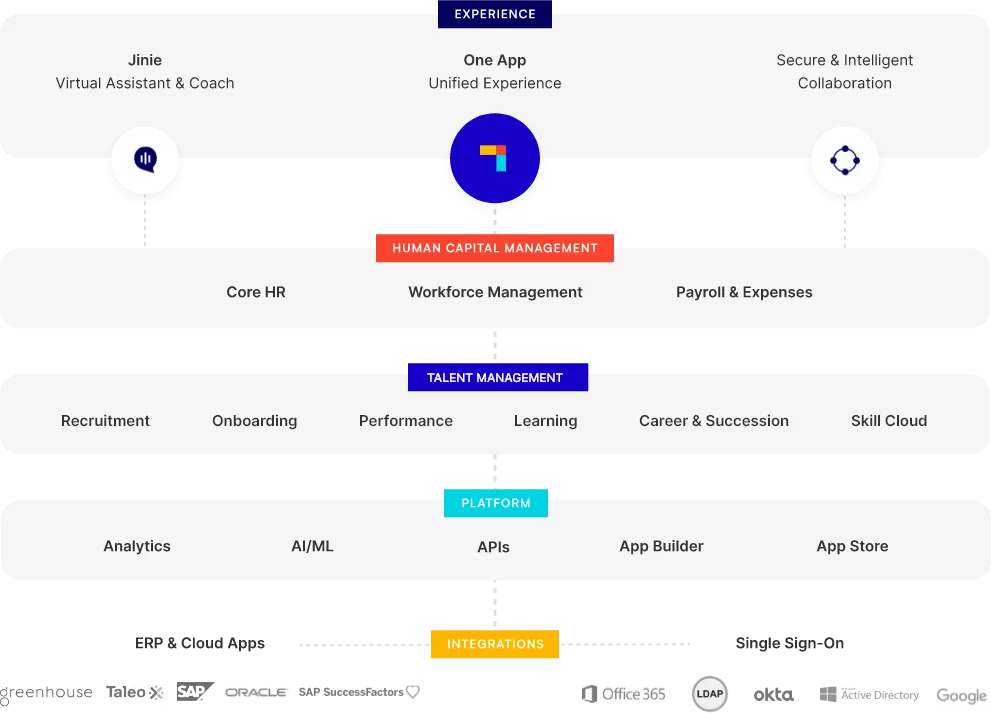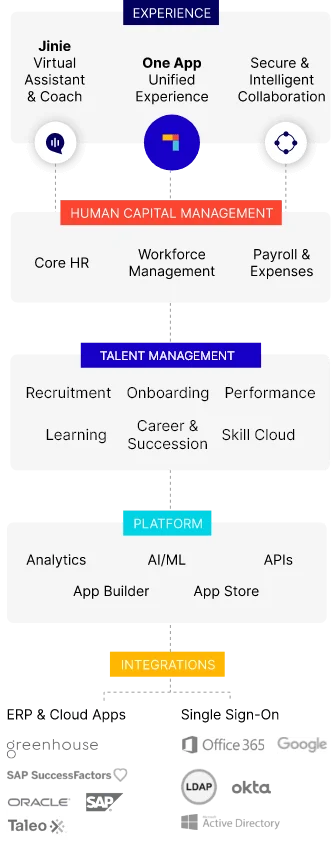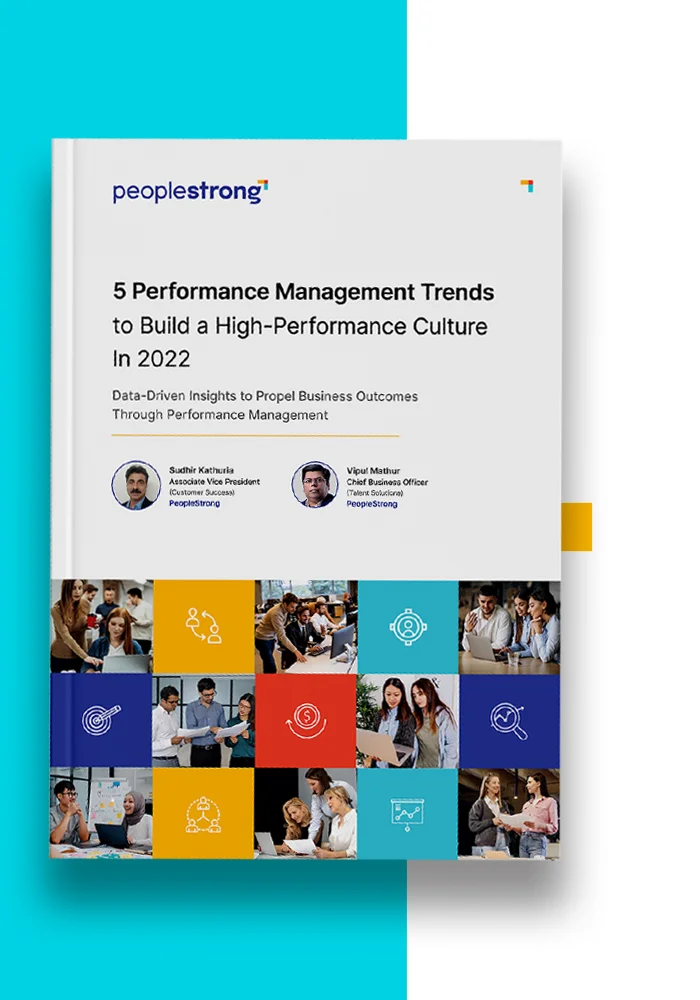Choosing a candidate for a job is one of the most important decisions you need to make. Building a team of high-performing and engaged employees can lead your business to success, and the vice-versa is equally true.
That’s why you need an effective recruitment process to ensure you find the best employees without wasting unnecessary time and resources.
Read this comprehensive recruitment process guide to understand how to recruit top talent in the Middle East using a streamlined recruitment process. You’ll also find useful tips on how to do it right and get the best results.
Let’s get started.
Why is a Good Recruitment Process Important?
According to the Society for Human Resource Management (SHRM), hiring a new employee costs $4,683. Given the high costs of hiring, it makes sense to streamline the process and make it cost- and time-efficient.
But that’s not all there is to it. A streamlined hiring process offers several benefits, such as:
- Lower Costs: A well-structured recruitment process removes inefficiencies and saves time and money. An unnecessarily long hiring process will drain your time, money, and resources.
- Faster Hiring: When you know exactly how many steps are involved and how to recruit for a role, you can save a lot of time brainstorming on the next steps. A well-defined recruitment process acts as a roadmap, providing clear next steps to both recruiters and candidates.
- Better Quality of Hires: A good recruitment process involves pre-planning and a strategic approach. This helps you be better prepared with the right questions to ask and tests to take to find the best-fit candidates.
Using recruitment software can further help you realize these benefits by optimizing the process and making it more efficient.
7 Steps of the Recruitment Process in the Middle East
The recruitment process differs by company, location, and industry. There are no strict rules regarding how to hire employees for your company.
However, the general structure and the broad steps remain similar across companies.
In this Middle East recruitment process guide, we’ll take you through seven key steps in any recruitment process.
1. Needs Identification
The recruitment process in the Middle East begins with a job need or vacancy within a department or team. The respective department or team heads inform the HR department and request that they fill the vacancy and recruit for a specific role.
As an HR professional, you need to understand the requirements for the role and the job specifications. If you use recruitment software, you’ll need to fill out specific skills and keywords to ensure you find the right candidates.
So, get all the details from your point of contact on the team you’re hiring and start the hiring process.
2. Strategy Development
Make a plan for where you’ll source candidates for a position and how long will the recruitment process last. Create a well-defined recruitment process and the steps you’ll follow to hire for a specific position.
You can source candidates internally or externally. Decide whether you want to prioritize internal candidates or source from external platforms, and plan accordingly.
If you want to source candidates from job boards, ensure that you use a recruitment software solution that offers job-board integration with multiple platforms. This will allow you to post jobs and see applications from multiple sources using one dashboard.
PeopleStrong, for instance, integrates seamlessly with over 350 job portals to help you quickly source the best candidates for the role.

It allows you to post jobs on multiple platforms simultaneously and provides a unified view of all your job listings.
3. Candidate Search
Now that you know the requirements and have a plan for hiring for a specific role, it’s time to take action.
This involves creating detailed job descriptions and posting job listings on multiple platforms. These can be internal or external job postings, depending on your requirements.
In any case, your job descriptions should contain all the information a potential candidate needs to decide whether to apply.
Here are some important things to include in job descriptions:
- Job title, description, and key roles and responsibilities
- Experience, skills, and educational requirements
- Compensation and benefits
- Reasons why your company is a great place to work
If you want to simplify and optimize the process, use generative AI to auto-generate detailed job descriptions based on your specific requirements.
Next, use recruitment software to create a new job and post it on multiple job boards simultaneously. PeopleStrong Recruit, for instance, helps with that and also provides ready-to-use templates for job creation.

4. Screening
The next step in the Middle East recruitment process is to sift through the numerous applications you receive and shortlist the best candidates.
The recruitment screening process is a crucial step in ensuring that the candidates you hire are the best fit for the role and your company.
Screening involves various activities, such as resume screening, phone screening, online profile review, background checks, and reference checks.
Using the right technology and tools can help you perform all these screening checks quickly and accurately.
- Use application tracking systems with AI-powered resume parsing and candidate matching features to screen hundreds of resumes and shortlist the best candidates.

- Leverage a background verification tool to quickly check the criminal history, past employment, and educational details of each candidate.
Make sure you include social media screening in your screening process, as many recruiters in the EMEA region do.
How does it help?
It helps you understand a candidate’s online behaviour, likes, and preferences. This, in turn, helps you assess whether they’re a good fit for the company in terms of culture and values.
Once you’ve completed the screening process, send the shortlisted candidates to the next step—the selection process.
5. Selection
The selection process involves conducting interviews and skills assessment tests to find the best candidate for a role.
Asking the right interview questions will determine the quality of hires, so prepare a relevant and comprehensive questionnaire.
Here are some types of questions you should ask:
- Job-related questions to assess whether a candidate will be able to handle their day-to-day job responsibilities.
- Role-specific questions that evaluate a candidate’s skills and experience relevant to the job role.
- Behavioural questions to ask candidates about how they handled conflict or dealt with specific situations in the past.
- Cultural fit questions check whether a candidate’s personal values align with the company’s culture and values.
- Questions that check a candidate’s teamwork and adaptability in different situations.
- Questions that assess if a candidate’s career goals align with business objectives.
Make sure you schedule interviews in advance and give proper notice to the candidates. Use recruitment software solutions that offer built-in communication features, such as WhatsApp integration, to send interview time and details quickly.

6. Job Offer and Salary Negotiation
At this stage, you would have already selected the top candidate for the role. Now, all that’s left is salary negotiation and a job offer.
To seal the deal, be flexible during the salary negotiation process and clearly convey the other benefits apart from compensation.
Don’t hesitate to revamp your compensation strategies to seal the deal. Here are some compensation strategies you may try.
Also, ensure that you discuss the terms and conditions of the job early on so that the candidate is well prepared when they join.
7. Onboarding
The recruitment process in the Middle East does not end once a job offer is made and accepted. Instead, it goes on till an employee is properly onboarded and joins the company.
Employee onboarding is just as important as the screening or selection process, if not more. Poor onboarding experience can make a bad first impression of the company on a new employee, increasing their chances of leaving the company.
Good onboarding, on the other hand, can help new employees hit the ground running and become a part of the company even before they join.
Use a good onboarding software solution to create a seamless onboarding experience for new employees. Such software solutions offer a candidate portal where new joiners can upload documents, learn more about the company, and determine their next steps.

Using AI-powered onboarding tools can help you create role-specific onboarding journeys to provide a personalized experience to each new employee.
This will make a great first impression and make new employees excited to join your company and be a part of your team.
Tips to Optimize the Recruitment Process
As we’ve established, an effective recruitment process offers many benefits and is not an option but a necessity.
But how can you optimize and streamline your Middle East recruitment process?
Here are some tips to get you started.
1. Use Recruitment Software
Did you know that 38% of recruiters in the EMEA region experienced a longer-than-usual hiring process in 2021?
This is a key challenge that many recruiters struggle with, which can be solved with the use of technology.
Recruitment software streamlines the entire recruitment process, from job creation to making an offer.
According to internal data, using the right technology for hiring can help reduce:
- Job requisition creation time by 5x
- Candidate sourcing time by 20%
- Applicant screening time by 30%
- Interview scheduling time by 8x
Not only that, but it can also help you save money. A long recruitment process drains money and resources. By using an ATS, you can significantly shorten the process and save time, money, and effort.
2. Build Talent Pipelines
Most companies’ recruitment processes are ongoing, with employees leaving and joining regularly. You can’t start from scratch every time a vacancy arises.
That’s why it’s important to build a talent pipeline of all prospective candidates who are a good fit for a role.
The best way to do this is to create a talent database of candidates for various roles. Every time you recruit for a role, you go through numerous resumes and interview many shortlisted candidates.
Even if one person gets the job, the others are still potential candidates for future vacancies. Maintain records of all the candidates you’ve interacted with in some capacity and build a comprehensive database you can leverage when the need arises.
Some other tips to build a talent pipeline include:
- Build a good employer brand and position yourself as a great place to work. This will encourage more people to work with your company and apply if and when a new vacancy arises.
- Keep a list of employees who could be promoted to a position or transferred to another role that better fits their skills.
3. Make Your Candidate Sourcing More Efficient
Don’t limit yourself to sourcing candidates only from job portals. There are many other options, and you should consider all of them when recruiting for a role.
Social media candidate sourcing, for example, is one of the hiring trends you should follow.
According to a recent survey, 58% of recruiters in the EMEA region use social media to source candidates, with LinkedIn being the most popular option.

Another popular method of candidate sourcing is employee referrals. People who work in your company and understand what it entails are best suited to recommend the right people for the job.
So, start an employee referral program that incentivizes employees to make referrals.
Lastly, use AI tools to make the process more efficient. Recruitment software solutions that can automatically post a job listing on various platforms and give you a unified view of candidates save a whole lot of time and effort.
PeopleStrong Recruit, for example, allows you to view all your job listings from one place easily.

It also allows you a comprehensive view of all applicants and helps with resume parsing and screening processes as well.
4. Provide a Great Candidate Experience
Poor interview experience is one of the key reasons candidates decline a job offer. According to a global survey, 24.6% of recruiters struggle with providing a great candidate experience when hiring remotely.
Why does it matter?
A poor candidate experience can result in a rejection of your job offer. Candidates may even write poor reviews describing their bad interview experiences with your company.
This destroys your employer’s brand and stops potential candidates from applying for a job, thinking that your company is not a good place to work. That’s why you should try to deliver a good experience to all candidates, whether they’re selected or not.
Some reasons for poor candidate experience include:
- Long and tedious hiring process
- Lack of or non-transparent communication
- Discrimination or human bias during screening and interviews
All of these issues can be avoided using the right recruitment technology. The use of AI and ATS can reduce the time-to-hire, reduce human bias, and streamline communication.
Ready to Optimize Your Recruitment Process?
This guide provides everything you need to design an optimized recruitment process that allows you to find the best talent while spending the least time and resources.
Using the right recruitment technology, such as a recruitment software solution, can further simplify things. With time-saving features like resume parsing, job-board integrations, and AI-powered candidate matching, you can save a lot of time and effort.
PeopleStrong Recruit is a trusted ATS with a proven track record of simplifying talent acquisition for companies. Explore its key features through interactive demos to see if it’s the right fit for your business.















